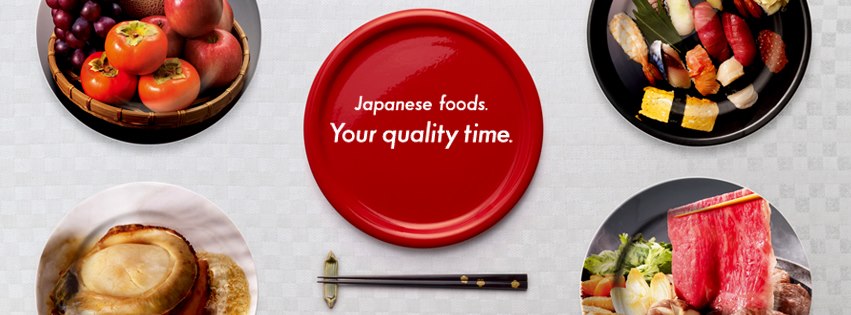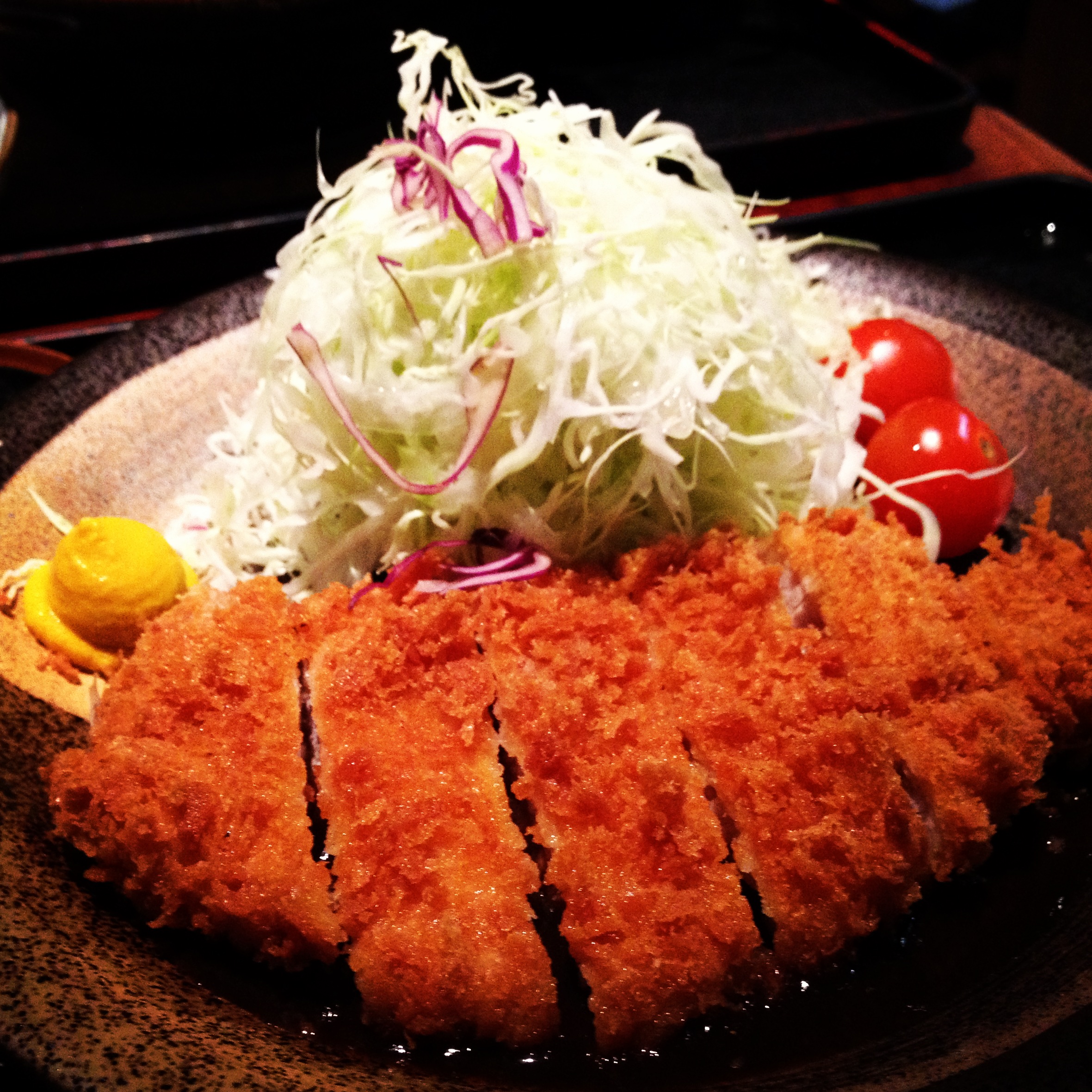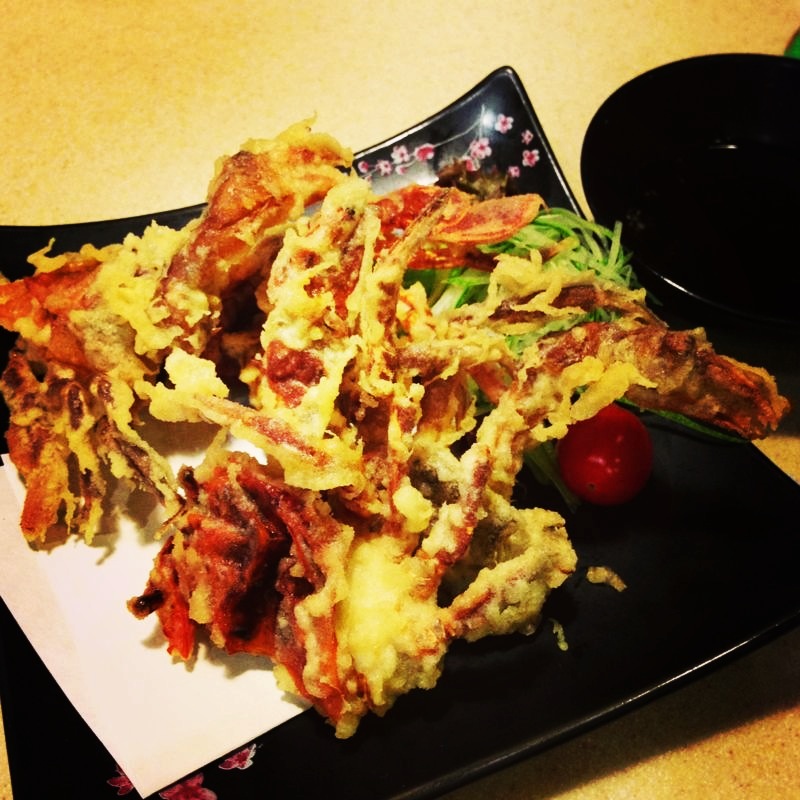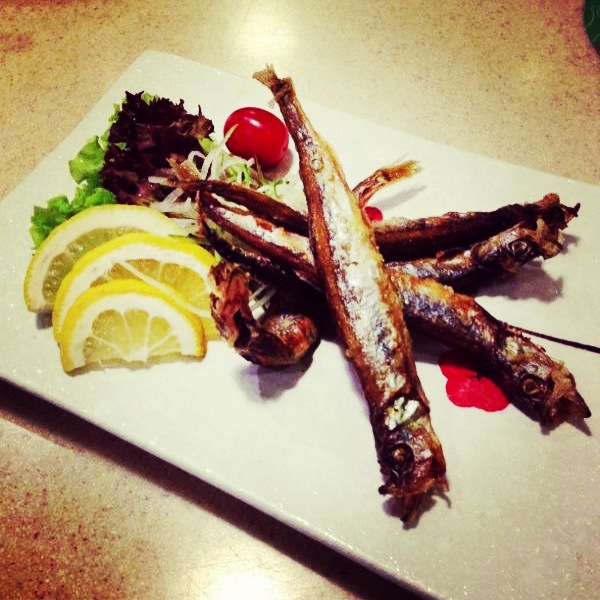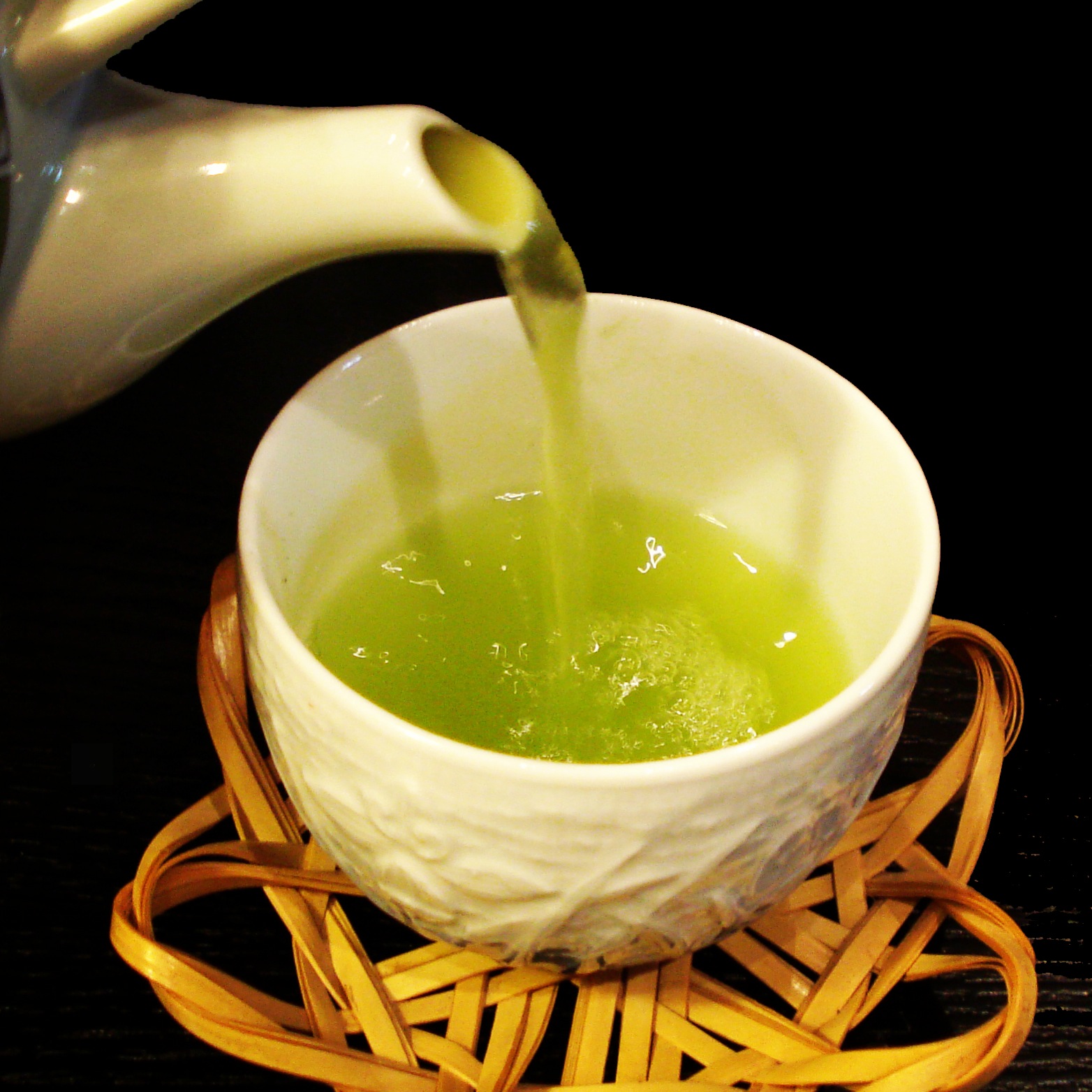A recent invitation from Japanese Food – Your Quality Time Community Page to be their guest blogger from Singapore got me to embark on a mini quest to find out more about the daily Japanese cuisine that we have so often taken for granted. Part 1 of my Japanese culinary journey started out at a modest sushi bar in Singapore. This post will focus more on popular components of a Japanese Bento Set that occasionally can take on centrestage themselves.
A specially prepared multi-course Japanese meal requires a collection of skills and techniques. The preparation can be described as a type of art form that carefully balances the taste, texture, appearance and colours of the food. To achieve such perfection, only the freshest seasonal ingredients are used and prepared in specific manners to deliberately bring out their natural flavours. Next, these completed dishes are delicately placed on plates that reflected the seasonal theme of the meal. Last but not least, dishes are artistically arranged and garnished with colourful fruits or vegetables before being served to the diner.
Quality Japanese cuisines are not always served raw or steamed, Tonkatsu for one is presented deep fried. Although the deep-fried pork cutlet might not have a pure Japanese heritage as it was introduced to Japan by Portuguese, it has since been localised from the early 19th century as part of Japanese palate. This delectable dish consists of a breaded, deep-fried pork cutlet of either pork fillet or loin that is one to two centimetres thick, sliced into bite-sized pieces and can be served as a main with shredded cabbage and miso sauce or as a component of a bento set.
If you love deep fried food, you will adore Japanese Tempura. Thin strips of vegetables or seafood are dipped in light batter before being deep fried briefly in hot oil. Sounds seemingly easy but it takes an experienced master to preserve the natural flavour and texture of the ingredients as well as not to overcook the tempura. Cooked bits of tempura are either eaten with dipping sauce, salted without sauce, or used to assemble other dishes. In Singapore, many Japanese restaurants in offers tempura as side dishes or part of a bento. So where will you recommend for a tempura feast?
Shishamo also popularly known to Japanese as the Willow Leaf Fish is a saltwater fish that’s about 15 centimeters in length. The fish body is slim and is generally dark on the back with a silver-white underside. This fish is a Japanese delicacy is either served grilled or deep fried whole with its roe intact. If you snap the fish into half, you will see that there is only a thin layer of meat and skin that enclose the tightly packed roe. As such, Singaporeans often jokingly call it the pregnant fish.
After all those fried dishes, guests are usually presented with either hot or cold Sencha (common Japanese green tea) to ‘cleanse’ some of the grease away. Today, green tea has become synonymous with Japanese cuisine in Singapore. It contains a variety of enzymes and is believed to lower blood low-density lipoprotein and total cholesterol levels. They are commonly graded based on quality, the parts of the plant used as well as how they are processed. The best Japanese green tea is said to be that from the Yame region of Fukuoka Prefecture and the Uji region of Kyoto. Next time you step into a Japanese restaurant, take a few moments to savour and appreciate the humble green tea.
The Japanese cuisine we know of today was developed over the past 2,000 years with influences from both China, Korea, India and more recently the west. Click on the links below to read the other posts of this 3 parts series.
Your Quick Guide To Popular Japanese Cuisine Part 1
Your Quick Guide To Popular Japanese Cuisine Part 3
You may also like to check out my posts on other delicious food places here.

